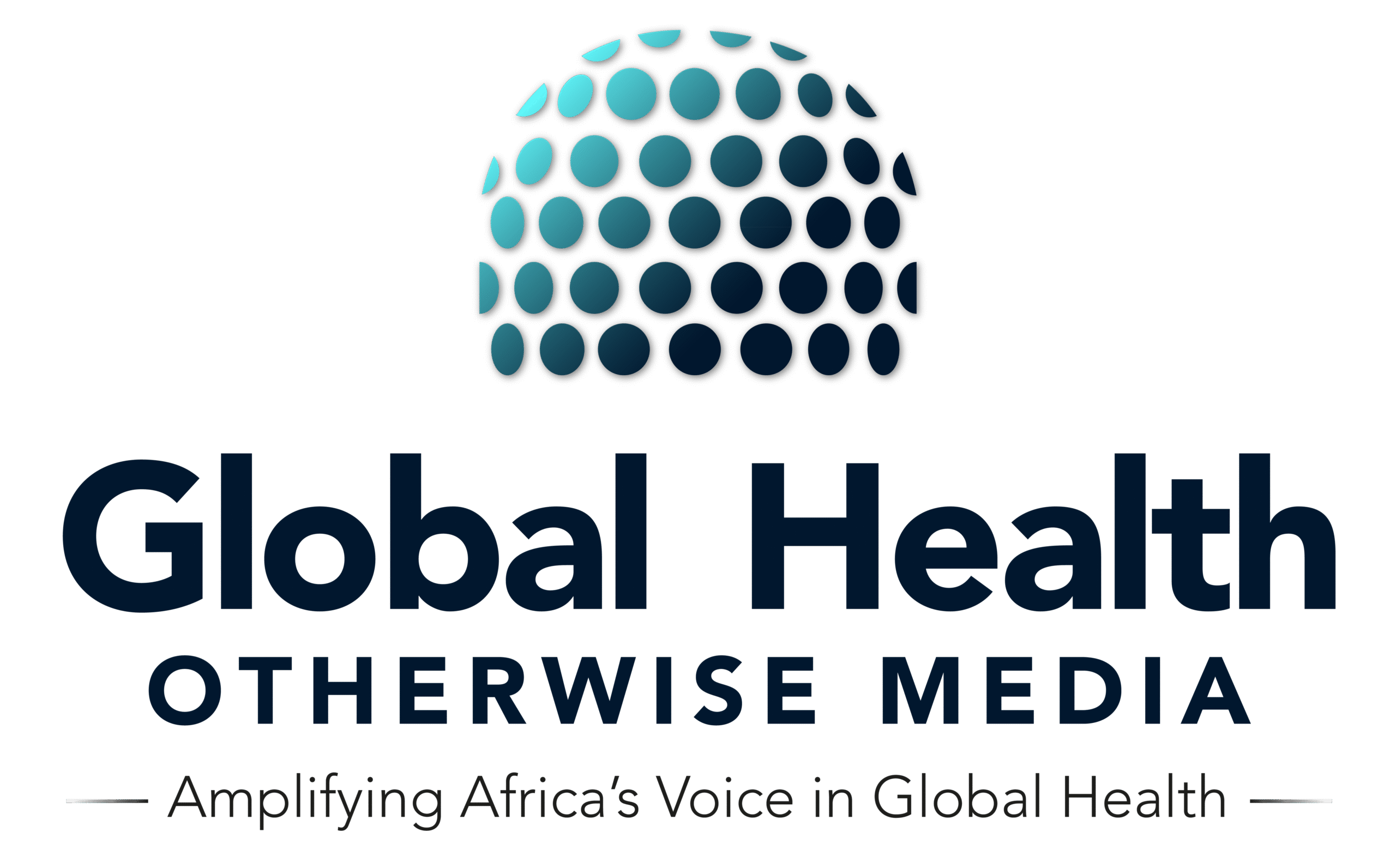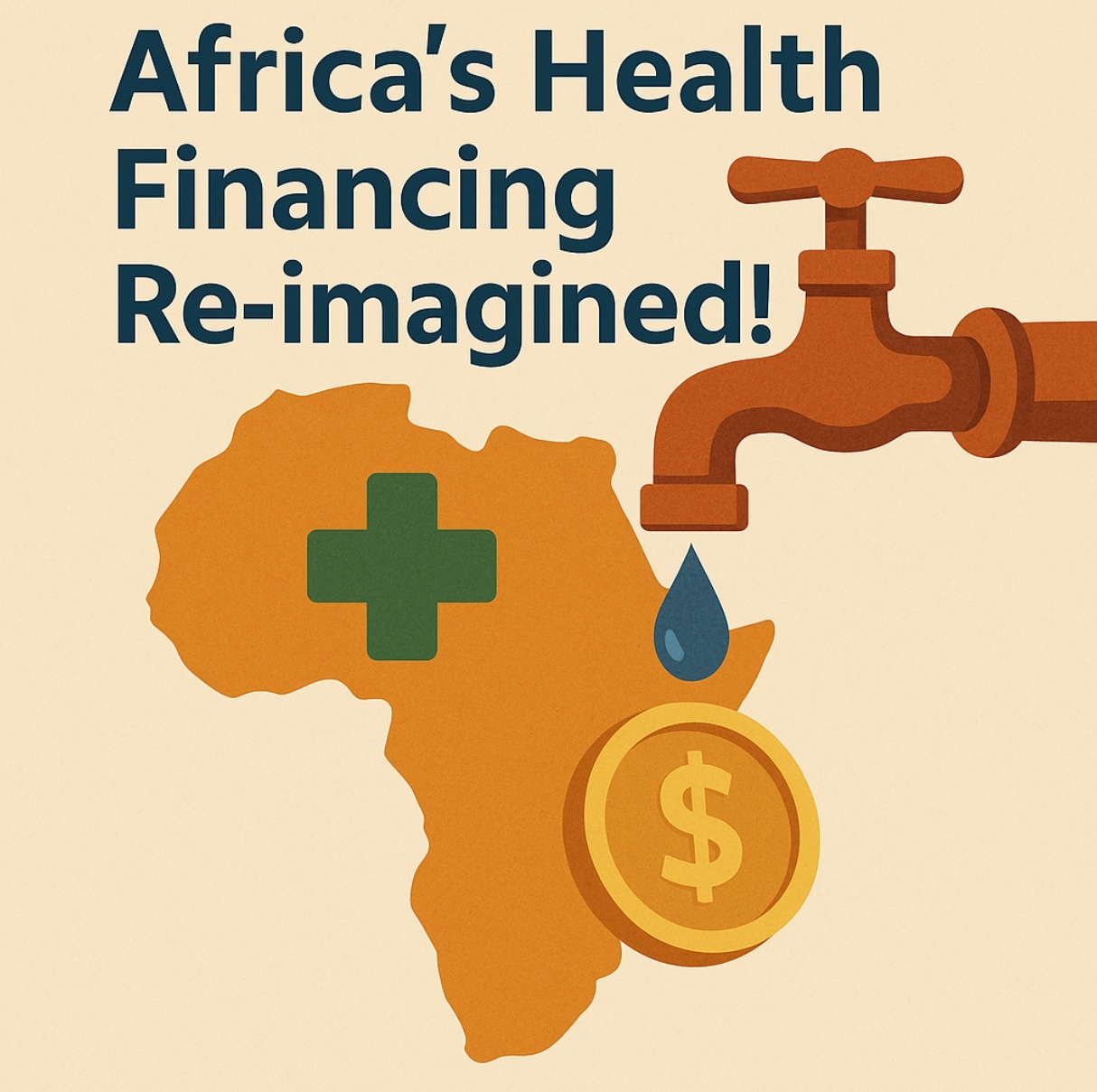As the world increasingly faces tough economic times and rich countries give less aid, paying for health care in Africa is becoming a bigger challenge. Governments, already short on money, can’t just fill budget gaps anymore. It is high time to think in new ways about how to fund, run, and keep health systems strong.
External Shocks and Aid Fatigue
Over the past decade, donor countries have signaled a pivot toward “less, but smarter” foreign assistance. At the same time, the climate crisis, pandemics, inflation, and geopolitical pressures are driving up health costs. Many African nations are facing sharper gaps between ambitious health goals and available resources.
Health systems in Africa already operate under chronic pressure. Health System Resilience (the ability to absorb shocks, adapt, and transform) is increasingly invoked as a lens through which to interpret how countries cope with repeated stresses (e.g., COVID-19, climate events, economic downturns). But resilience by itself is not a panacea:
In this environment, countries must move beyond crisis response. They need structural reforms in financing that fortify every rung of the health ladder from primary care to tertiary.
The Lusaka Agenda: Africa’s Bold Financing Blueprint
In December 2023, the African Union and health agencies launched the Lusaka Agenda, a continent-wide framework designed to guide health financing transformation. Its core thrust: transition from fragmented, donor-dependent funding toward unified, domestically-driven systems supporting Universal Health Coverage (UHC).
The agenda promotes five strategic shifts:
1. Align donor support with national plans and budgets
2. Strengthen primary health care as the backbone of systems
3. Gradually transition external financing toward domestic investment
4. Improve governance, accountability, and coherence
5. Bolster regional manufacturing and research capacities
Africa CDC and the AU set up a continental secretariat tasked with monitoring, reporting, and coordinating implementation. Countries such as Nigeria, Tanzania, Ghana, Mozambique, and South Sudan are already piloting reforms under the agenda’s principles.
The Lusaka Agenda now even features in global health resolutions: a 2025 UN General Assembly resolution included explicit references to it, elevating it to global architecture relevance.
“Yet as analysts caution, many of its metrics remain undefined, and progress tracking is nascent.”
Three Paths Forward in Lean Times
To survive and thrive amid fiscal constraints, African governments must pursue bold but pragmatic strategies:
1. Prioritize public goods and strong primary care
Instead of funding vertical disease programs in siloes, countries should channel resources into core public health functions and preventive services. That means immunization, surveillance, and health promotion become central pillars—not optional add-ons.
2. Deploy innovative and blended financing
Domestic resource mobilization must go beyond raising taxes. Strategies may include sin taxes (e.g., on tobacco, alcohol), social health insurance, health bonds, “pay-for-performance” contracts, and leveraging private-sector capital. In parallel, smarter use of external funds—with co-financing requirements or performance-linked disbursements—can nudge donors toward alignment with national priorities.
3. Strengthen accountability, governance, and learning systems
Countries must institutionalize transparent budgeting, real-time financial tracking, and feedback loops between communities and decision-makers. Infrastructures such as health sector dashboards, independent audits, and performance scorecards are no longer optional—they are lifelines.
Risks, Hurdles, and Watchouts
- Political cycles vs. long-term health investment: Ministers change; health priorities may be deprioritized in favor of short-term political gains.
- Equity risks: If reforms penalize poorer groups or rural areas, inequalities may widen.
- Data and measurement gaps: Without robust data systems, progress may be harder to assess and course corrections delayed.
- Donor fragmentation: Some funders may resist ceding control or aligning to national plans, undermining coherence.
- Institutional inertia: Fragmented ministries, procurement bottlenecks, and inertia in public systems can slow the pace of change.
What Next?
The fiscal headwinds confronting health systems are real and pressing. But Africa has never lacked ingenuity. What is needed now is coordinated resolve: placing health sovereignty at the center, not at the margins. Through the Lusaka Agenda, African states have staked a claim on the narrative: that during times of scarcity, systems must not wither but transform. The journey ahead will be uneven, but for millions who depend on public health systems already stretched thin, the stakes could not be higher.
“Accountability remains critical. In these challenging times, action must speak louder than words, and now more than ever, resources must match commitments.”

